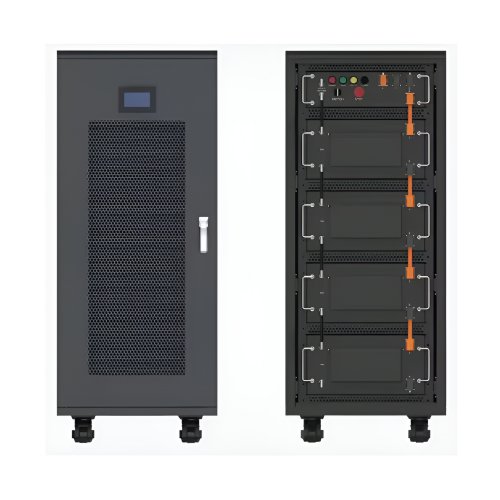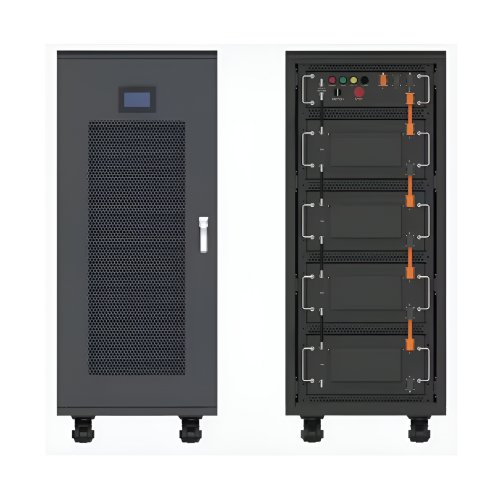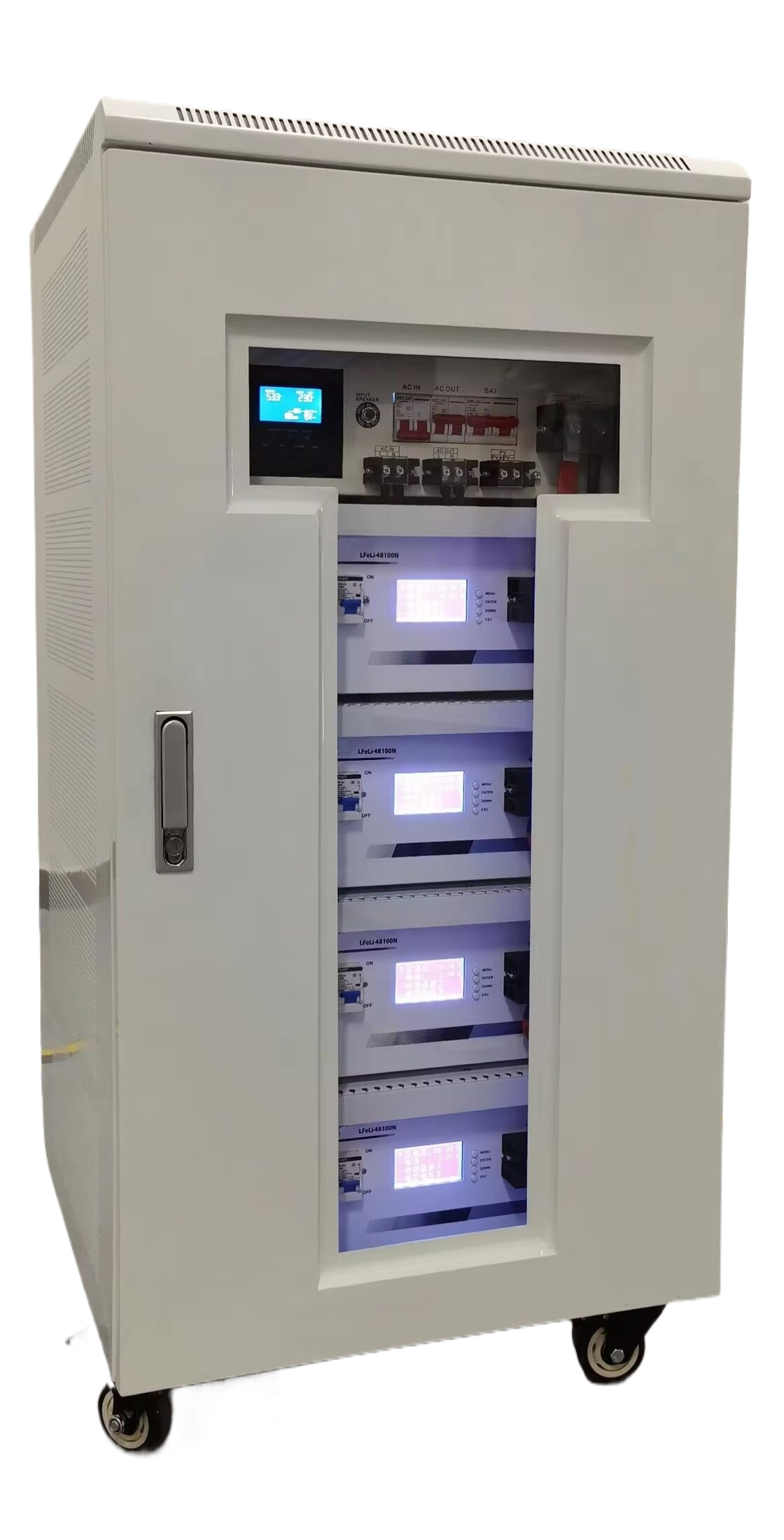Lifepo4 Charging Time Review: Efficiency Meets Durability In Modern Energy Storage
The quest for efficient, reliable, and long-lasting battery technology has led many consumers and industries to Lithium Iron Phosphate (LiFePO4) chemistry. Unlike traditional lead-acid or even other lithium-ion variants, LiFePO4 batteries are renowned for their exceptional safety profile, longevity, and stable performance. A critical factor defining their usability in applications like solar power storage, RVs, marine use, and off-grid systems is the charging time. This review delves into the functional reality of LiFePO4 charging time, examining its inherent advantages, potential limitations, and real-world performance based on hands-on testing.
Product Functionality: The Science Behind the Speed
The charging time of any battery is governed by its accepted charge current (measured in Amps) and its capacity (measured in Amp-hours, Ah). LiFePO4 batteries fundamentally excel here due to their ability to accept a higher charge current for a longer duration compared to lead-acid batteries.
A standard lead-acid battery is typically charged at a rate of 0.2C (meaning charge current = 20% of its capacity). For a 100Ah battery, this is 20A. Furthermore, lead-acid charging involves a slow absorption stage, significantly prolonging the full charge cycle, often to 6-8 hours or more.
In contrast, a quality LiFePO4 battery can be consistently charged at a 0.5C rate, with many models tolerating a 1C rate. This means a 100Ah LiFePO4 battery can be charged with a 50A or even 100A charger. The charging process is also more linear. It follows a constant current/constant voltage (CC/CV) protocol: the battery absorbs current at its maximum rate until it reaches its absorption voltage (typically around 14.2V - 14.6V for a 12V system), after which the current tapers off quickly. The absence of a lengthy absorption phase is the key to its speed. Under ideal conditions with a sufficiently powerful charger, a fully depleted 100Ah LiFePO4 battery can often be charged to 100% in approximately one hour at 1C, or two hours at 0.5C. It is crucial to use a charger specifically designed for LiFePO4 chemistry to manage these stages correctly and ensure safety.
Advantages: Why the Charging Speed Matters
The rapid charging capability of LiFePO4 batteries unlocks significant practical benefits.
1. Operational Efficiency and Reduced Downtime: This is the most apparent advantage. For an RV owner, it means being able to recharge the house battery from a generator or shore power in an hour instead of half a day, allowing for quicker departure times. For a solar setup, the battery can be topped up rapidly during short periods of peak sunlight, maximizing energy harvest. 2. Convenience and Flexibility: The ability to achieve a substantial charge in a short window is immensely convenient. It reduces range anxiety for electric vehicle conversions and allows users to take advantage of short-term, high-power sources like a generator without needing to run it for extended, inefficient periods. 3. Reduced Stress on Supporting Systems: While the charge rate is high, the LiFePO4 chemistry itself remains exceptionally stable. This efficiency means that the energy from solar panels or a charger is transferred to the battery with minimal losses, making the entire energy system more effective.
Disadvantages and Considerations
Despite the impressive performance, the charging process is not without its constraints and potential drawbacks.
1. Dependency on Supporting Equipment: The theoretical charging speed is entirely dependent on having a compatible and powerful enough charger, solar charge controller, or inverter-charger. To achieve a 1C charge rate for a 200Ah battery, one needs a 200A charger, which is large, expensive, and requires very thick cabling. Many users may opt for a 50A-60A charger, resulting in a more modest but still respectable 3-4 hour charge time, which mitigates this issue but is worth noting. 2. Initial Cost Investment: The ecosystem for fast charging is costly. The battery itself carries a premium, and the high-amperage chargers and necessary electrical components (high-current busbars, circuit breakers, wiring) add significantly to the total system cost. 3. Heat Management: Although LiFePO4 is very thermally stable, charging at the maximum 1C rate will generate heat. In a poorly ventilated enclosure, this could potentially trigger the battery's internal protection mechanisms, causing it to temporarily reduce its accepted current and thus increase charging time. For most applications, a 0.5C rate provides an excellent balance of speed and minimal heat generation.
Actual Usage Experience
In a practical test using a 100Ah 12V LiFePO4 battery and a 50A LiFePO4-specific charger, the charging behavior was remarkably consistent and fast. Starting from a 20% state of charge (SoC), the battery accepted the full 50A (0.5C) current without hesitation. The voltage rose smoothly until it hit the absorption voltage. The key difference from lead-acid was observed next: instead of holding at absorption voltage for hours, the current began to taper almost immediately. Within 90 minutes, the battery was above 95% SoC, and the charger entered a float stage. The entire process from 20% to full was completed in just under two hours. The battery case was warm to the touch but not hot.
This performance was consistent across multiple cycles. The experience highlights that while the peak speed is achievable, the most valuable aspect is the predictability. You can reliably plan your energy usage around a known, short charging window, a luxury not afforded by older technologies. The integration with a solar system was equally impressive, with the battery readily accepting the full available current from the panels throughout the bulk phase, drastically reducing the time needed to recharge from the sun.
Conclusion
The charging time of LiFePO4 batteries is not merely a minor improvement but a transformative feature that redefines energy management for mobile and off-grid applications. Its ability to undergo rapid, efficient charging cycles drastically reduces downtime and increases operational flexibility. However, this capability is not a standalone feature; it is part of a system that requires a matching investment in high-quality, high-power charging equipment.
Objectively, the LiFePO4 chemistry delivers on its promise of fast charging when paired with the correct components. The disadvantages are primarily economic and infrastructural rather than performance-based. For any user frustrated with the interminable wait associated with charging lead-acid batteries, the shift to LiFePO4 offers a tangible and revolutionary upgrade in convenience and efficiency, making it a compelling choice despite the higher initial entry cost.
Customized/OEM/ODM Service
HomSolar Supports Lifepo4 battery pack customization/OEM/ODM service, welcome to contact us and tell us your needs.


HomSolar: Your One-stop LiFePO4 Battery Pack & ESS Solution Manufacturer
Our line of LiFePO4 (LFP) batteries offer a solution to demanding applications that require a lighter weight, longer life, and higher capacity battery. Features include advanced battery management systems (BMS), Bluetooth® communication and active intelligent monitoring.

Customised Lithium Iron Phosphate Battery Casing
ABS plastic housing, aluminium housing, stainless steel housing and iron housing are available, and can also be designed and customised according to your needs.

HomSolar Smart BMS
Intelligent Battery Management System for HomSolar Energy Storage System. Bluetooth, temperature sensor, LCD display, CAN interface, UART interface also available.


Terminals & Plugs Can Be Customized
A wide range of terminals and plugs can be customised to suit the application needs of your battery products.

Well-designed Solutions for Energy Storage Systems
We will design the perfect energy storage system solution according to your needs, so that you can easily solve the specific industry applications of battery products.



About Our Battery Cells
Our energy storage system products use brand new grade A LiFePO4 cells with a battery lifespan of more than 4,000 charge/discharge cycles.



Applications in Different Industries
We supply customized & OEM battery pack, assemble cells with wiring, fuse and plastic cover, all the cell wires connected to PCB plug or built BMS.
Applications: E-bike, Electric Scooter, Golf Carts, RV, Electric Wheelchair, Electric Tools, Robot Cleaner, Robot Sweeper, Solar Energy Storage System, Emergency Light, Solar Power Light, Medical Equipment, UPS Backup Power Supply.
We can provide you with customized services. We have the ability to provide a vertical supply chain, from single cells to pack/module and to a complete power solution with BMS, etc.


HomSolar (Shenzhen) Technology Co., Ltd
























